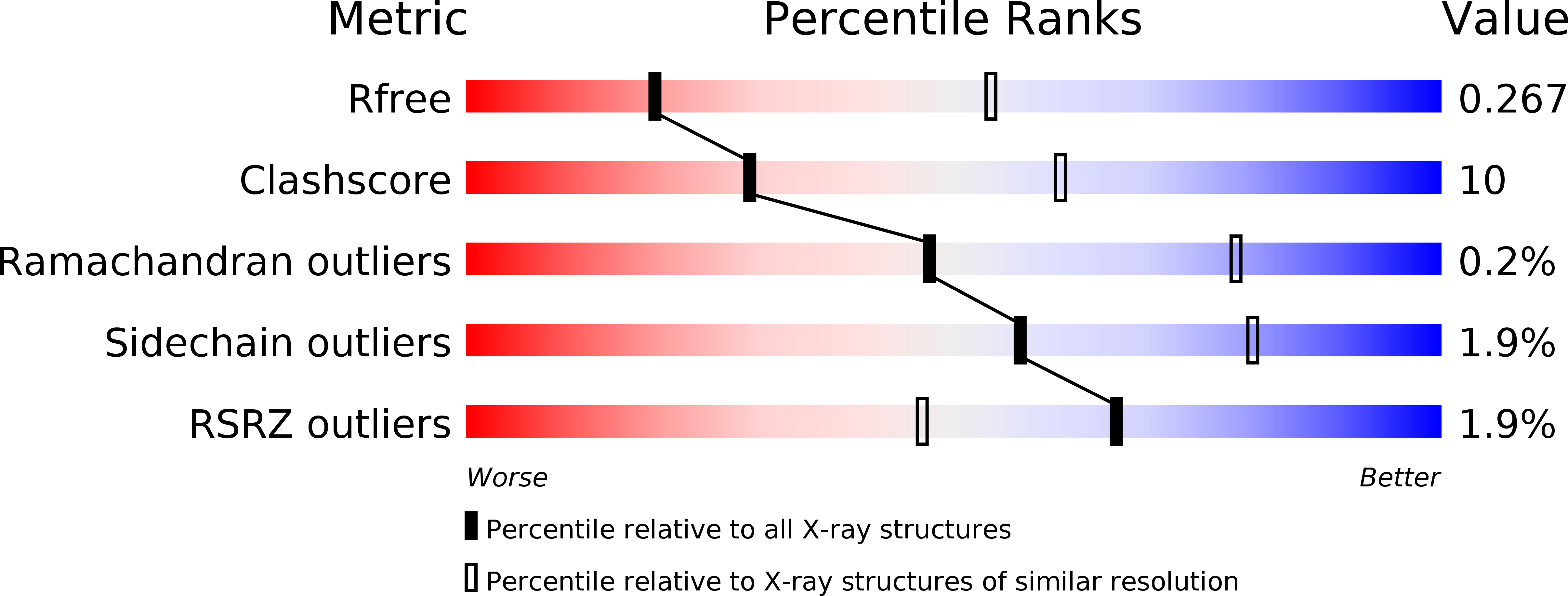
Deposition Date
2020-06-08
Release Date
2020-07-08
Last Version Date
2024-11-20
Entry Detail
PDB ID:
6XC2
Keywords:
Title:
Crystal structure of SARS-CoV-2 receptor binding domain in complex with neutralizing antibody CC12.1
Biological Source:
Source Organism:
Severe acute respiratory syndrome coronavirus 2 (Taxon ID: 2697049)
Homo sapiens (Taxon ID: 9606)
Homo sapiens (Taxon ID: 9606)
Host Organism:
Method Details:
Experimental Method:
Resolution:
3.11 Å
R-Value Free:
0.26
R-Value Work:
0.21
R-Value Observed:
0.21
Space Group:
P 1 21 1


